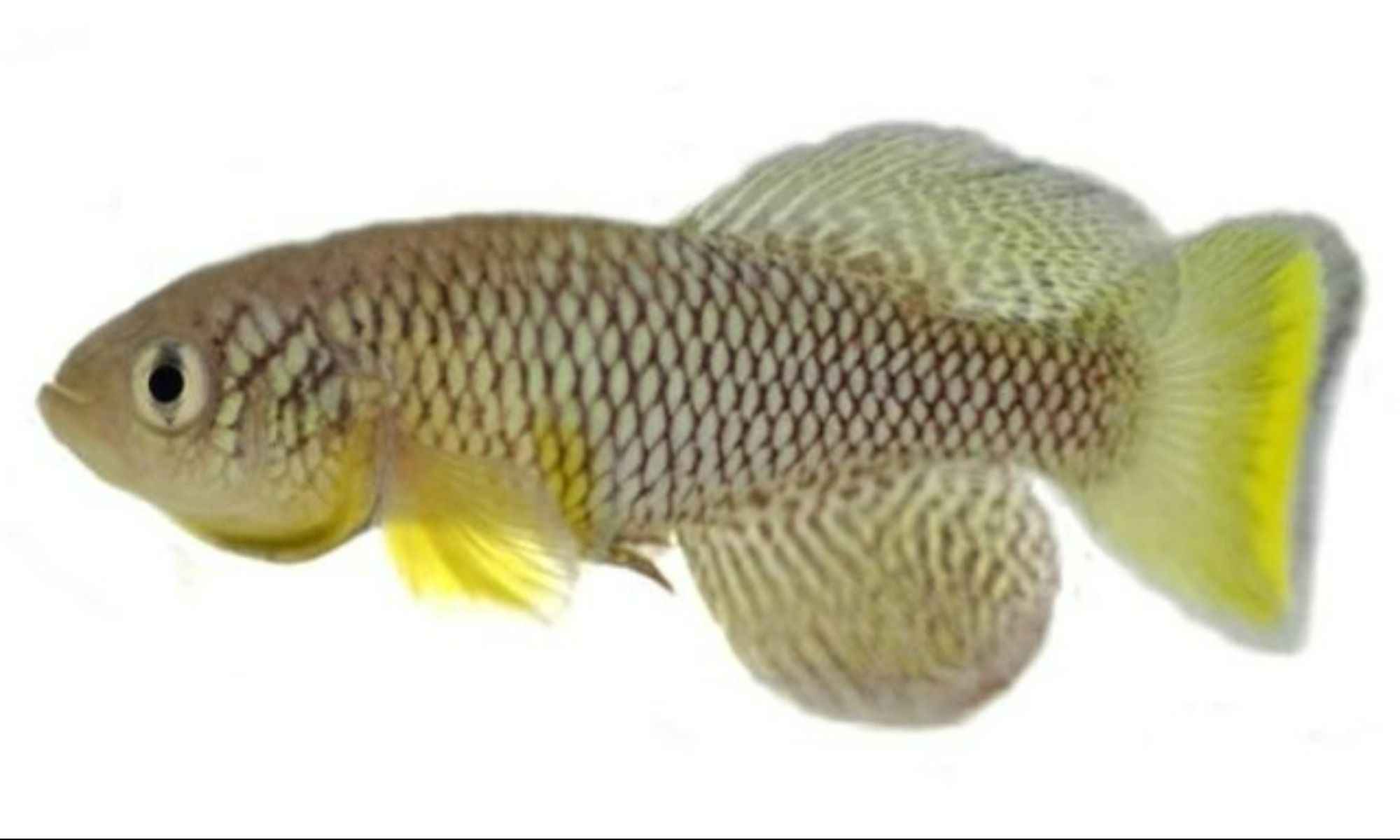Can African Turquoise Killifish Stop Human Aging?
African turquoise killifish have the ability to stop themselves from aging and here's how.

African turquoise killifish (scientifically known as Nothobranchius furzeri) is a species of killifish native to Africa, specifically endemic in Zimbabwe and Mozambique. These annual fish reside in ephemeral pools in semi-arid areas with scarce and unpredictable precipitation. This has forced them to adapt to the routine drying of their environment by evolving eggs that are resistant to desiccation and can remain dormant by entering into diapause for a couple of years (even longer than their average lifespan). Simply put, African turquoise killifish embryos can press pause on their development when their environment isn’t in the best condition for them to develop and hatch.

Because of this unique evolutionary attribute, recent studies have discovered that while the killifish are in that diapause state, they don’t age. An analysis of the fish’s genetics reveals that they can put cell growth and organ development on hold. This discovery has excited researchers, scientists, and especially geneticists because it could help us crack how to treat diseases related to aging and even learn how to preserve human organs in the long term.
Here are some of the fundamental things you should know about this interesting topic:

More About the African Turquoise Killifish’s Ability to Not Age
Stanford University geneticist Prof Anne Brunet and her colleagues have researched why and how African turquoise killifish can halt their aging process. Zimbabwe and Mozambique, where the species is usually prolific, mostly experience dry seasons. Their ponds usually dry up, leaving the killifish with no home until the rainy season. Some embryos left in areas that get dried up can hold their development until the ponds they reside in fill up again. Because they’ve been forced into living in that unique habitat, they’ve evolved to adapt and survive in that type of environment.
The African fish can stop their growth or aging from five months up to two years — matching or even exceeding their usual lifespan as adults. According to Brunet’s research, the diapause state did not hinder nor decrease an adult fish’s growth, lifespan, or ability to reproduce. This proves that the killifish did not age inside the embryo, even if it stopped developing for longer than its typical lifespan.
Brunet and her team analyzed the killifish DNA or the genetic blueprint of the embryo while it was in diapause to identify which gene or genes were active. They found that despite young killifish having developing muscles and organs, genes that participate in organ development and cell proliferation were turned off. But they also found that other genes were turned up, and the activity of genes related to metabolism and muscle maintenance were affected.
A key player that contributes to the fish’s unique ability is a gene expression of a protein called chromobox 7 or CBX7. It influences the activity of several genes, which can result in the species being able to maintain itself while in a state of suspended development.
Brunet’s study also shows that the embryos aren’t just passively waiting for their environment to improve. The fish’s cells can coordinate responses during diapause, protecting them as time passes.
The Impact on Humans
From a fundamental point of view, researchers believe it is interesting to understand how the accumulation of damage because of the passage of time. Further research into diapause and similar concepts such as the aging process, human aging, vertebrate aging, stem cells, and more can provide us with more information about potentially slowing down the aging process.

The findings also make way for more discussions about other types of suspended animation and how it implicates organ regeneration and preservation. Now that experts know more about the mechanisms behind the animal’s anti-aging tricks, they may be able to apply the same to people. It’s worth noting that not all experts agree that this particular concept is the best way to solve the mysteries of longevity. Many believe it would be better if we focused on hibernation because it paints a clearer picture of what it does to adult animals and how it preserves organs.
Though the general concept is still in a phase of speculation, other studies have already found similar anti-aging mechanisms in other species, including the nematode worm larvae. Those roundworms also have the ability to diapause. In mammals, over 130 species can also go through some form of diapause.
If we can picture for a second that humans could have the same ability as an African turquoise killifish has, it could mean that a 70-year-old can have twice as much of a lifespan. It could mean we can preserve our organs when they’re negatively affected and wait to develop cures and remedies. It could also bring about the potential of some off-the-cuff time traveling. Wouldn’t that be interesting, and wouldn’t it be worth rooting for? Especially when we want everyone to be healthy?




